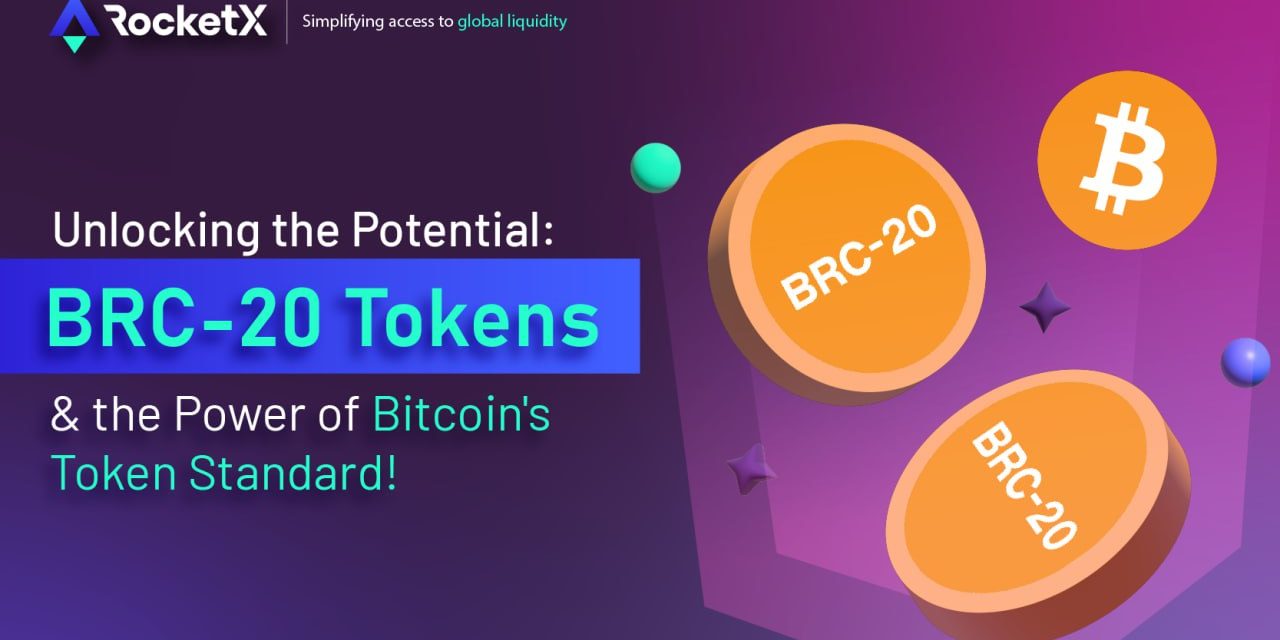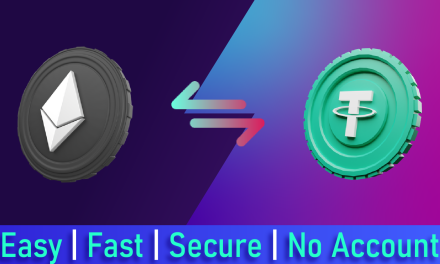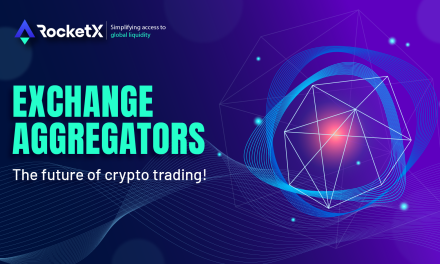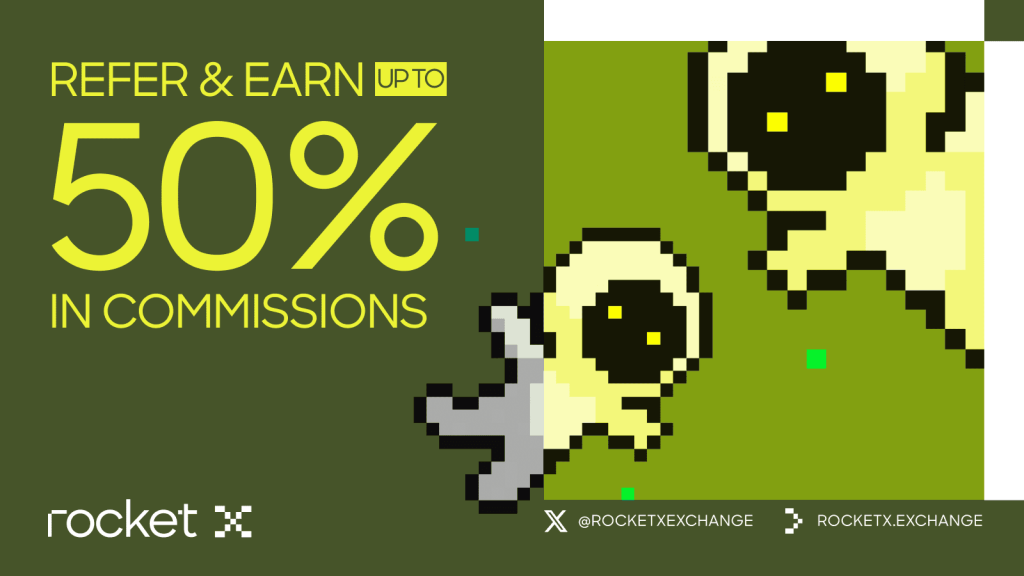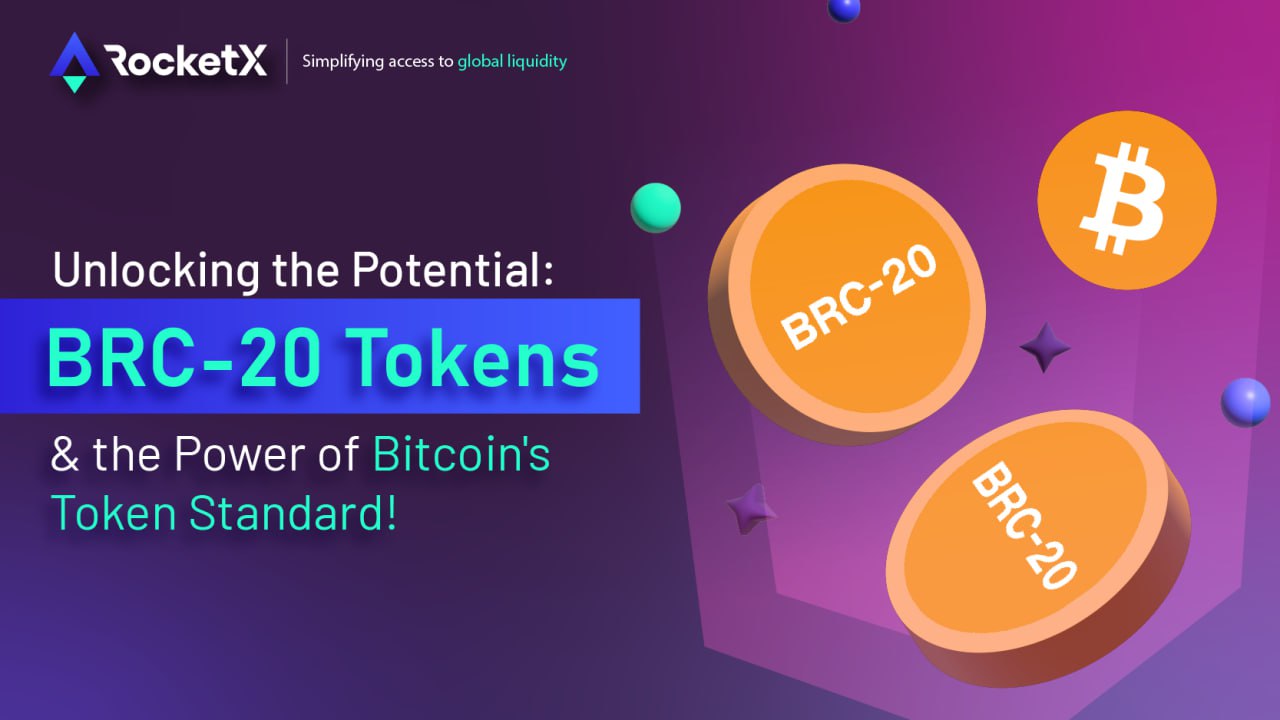
Introduction:
In the world of blockchain and cryptocurrencies, token standards play a crucial role in defining the functionality and interoperability of digital assets. While Ethereum’s ERC-20 standard has gained widespread recognition, other blockchain networks have introduced their own token standards to facilitate tokenization and decentralized applications. One such standard that has been making waves in the crypto industry lately is BRC-20.
Although BRC-20 was introduced by an anonymous developer called Domo, the concept was brought to attention by Casey Rodamorr, a long-time Bitcoiner and programmer artist who wanted to meet the market demand of NFT collectors on the Bitcoin blockchain through the project called Bitcoin Ordinals. For the first time in the history of Bitcoin, its blockchain could now be used for minting NFTs. In this article, we will explore what BRC-20 tokens are, their multiple use cases, and how to buy them, as well as discuss their potential impact on the Bitcoin network.
What are BRC-20 Tokens?
The BRC-20 token standard is a way to create and exchange tokens on the Bitcoin network. The idea for BRC-20 tokens came from a protocol called Ordinals. This protocol allowed adding extra information to Bitcoin transactions, which opened up possibilities for creating unique tokens. Rodamorr used this protocol to develop BRC-20 tokens.
BRC-20 tokens work by embedding special instructions, called JSON, into Bitcoin transactions. These instructions define how the tokens can be created, transferred, and used. It’s a different approach from the smart contracts used on Ethereum.
While this standard is still being developed, it has caught the attention of the Bitcoin community. People are excited about the potential for creating and trading tokens on the Bitcoin network.
What Can BRC-20 Tokens Be Used For?
The use cases of BRC-20 tokens can be summarized as follows:
Peer-to-peer transfers: These tokens enable seamless and secure peer-to-peer transactions on the Bitcoin network, similar to how Bitcoin itself can be transferred between wallets. These tokens inherit the efficiency of the Bitcoin network and can be freely exchanged between users.
Decentralized Finance (DeFi): These tokens offer the potential for the development of decentralized financial applications on the Bitcoin network. They can be integrated into various DeFi protocols, including decentralized exchanges, lending platforms, and yield farming systems. This opens up opportunities for users to participate in DeFi activities and access financial services using Bitcoin.
Tokenization of assets: They can be used to create digital representations of real-world assets such as fiat currencies, commodities, and even real estate. By defining token properties and characteristics using JSON code, these assets can be easily managed and traded on the Bitcoin network, providing increased liquidity and accessibility.
Innovation and experimentation: BRC-20 tokens encourage innovation and experimentation within the Bitcoin ecosystem. Developers can explore new applications, tools, and functionalities using the BRC-20 standard, leading to the expansion of the Bitcoin network and the development of novel use cases.
Ecosystem expansion: By enabling the creation and exchange of tokens, These tokens contribute to the growth and expansion of the Bitcoin ecosystem. They attract new users, developers, and businesses to the network, fostering a more comprehensive and diverse ecosystem around Bitcoin.
Enhanced liquidity and utility: The introduction of BRC-20 tokens increases liquidity within the Bitcoin network by offering a wider range of tradable assets. This enhances the network’s utility and provides users with more options for diversifying their portfolios and engaging in various trading activities.
Interoperability with other blockchains: They have the potential for interoperability, allowing for the seamless transfer of assets and value between the Bitcoin network and other blockchain platforms. This promotes integration and collaboration between different blockchain ecosystems.
Where and How to Buy BRC-20 Tokens
These tokens can be purchased on various platforms, including both centralized exchanges and ordinal exchanges. Here are some options:
Centralized exchanges: BRC-20 tokens are listed on several popular centralized cryptocurrency exchanges. You can create an account on these exchanges and buy these tokens directly. Some well-known exchanges that may offer BRC-20 tokens include OKEx, Gate.io, and AscendEX. Visit their websites, sign up, complete the verification process, and start trading BRC-20 tokens.
Ordinal exchanges: Ordinal exchanges are another avenue for buying BRC-20 tokens. To use an ordinal exchange, you can follow these simplified steps. First, choose a wallet that supports BRC-20 tokens, such as Xverse, Unisat, or OKX, and create an account. Next, obtain some Bitcoin (BTC) and deposit it into your wallet. Then, visit a marketplace like Unisat and connect your wallet. Now, find the specific token you want to purchase, confirm the transaction, and be patient as it may take some time for the tokens to appear in your wallet. Once successful, you can access and manage your tokens.
Top BRC-20 tokens to look out for in June 2023
1. ORDI
ORDI is currently the most popular token, with a market capitalization of $238,463,400. ORDI is a good investment for investors who are looking for a token with a strong community and a lot of potential for growth.
2. VMPX
VMPX, a promising BRC-20 token by Jack Levin, has gained a significant following and stands out with its high transaction volume. Priced at $0.19 with a market capitalization of $20,669,735, it’s worth keeping an eye on as it makes strides in the cryptocurrency industry.
3. OXBT
With a market capitalization of $28,000,000, OXBT could be a good investment for investors who are looking for a high-risk, high-reward investment.
4. WHEE
It has a market capitalization of $6,300,000 and a total supply of 21,000,000, which makes it a good investment for people looking for viable tokenomics.
5. SATS
Sats has a market capitalization of $79,361,310 with a total supply of 2,100,000,000,000,000 tokens. It is an excellent project for investors looking for small gems.
It’s important to keep in mind that the cryptocurrency market is highly volatile, and the prices of these tokens can experience substantial fluctuations. Prior to making any investments in cryptocurrencies, it’s crucial for investors to conduct their own research and analysis.
Impact of the BRC-20 Token Standard on the Bitcoin Network
BRC-20 has had some specific effects on the Bitcoin network:
More transactions: BRC-20 has made it easier for developers to create new projects and tokens on the Bitcoin network. This has attracted more users and increased the number of transactions happening on the network.
Higher fees: Because there are more transactions happening, the fees for using the Bitcoin network have gone up. People are willing to pay more to have their transactions processed faster.
Network congestion: With the increase in transactions, the Bitcoin network sometimes gets overwhelmed. It can’t handle all the transactions at once, so some get delayed or even dropped.
Criticism of BRC-20: Some people have criticized BRC-20 because they think it makes the Bitcoin network too centralized. They believe it has caused higher fees and network congestion.
Call for solutions to high fees: Because fees have become expensive, people are asking for solutions. Some developers suggest using other technologies, like the Lightning Network, to reduce fees. Others propose increasing the size of the blocks on the Bitcoin network to handle more transactions at once.
We’re not sure yet if BRC-20 will ultimately have a positive or negative impact on the Bitcoin network. It has the potential to make the network more valuable, but it could also lead to higher fees and strain the network.
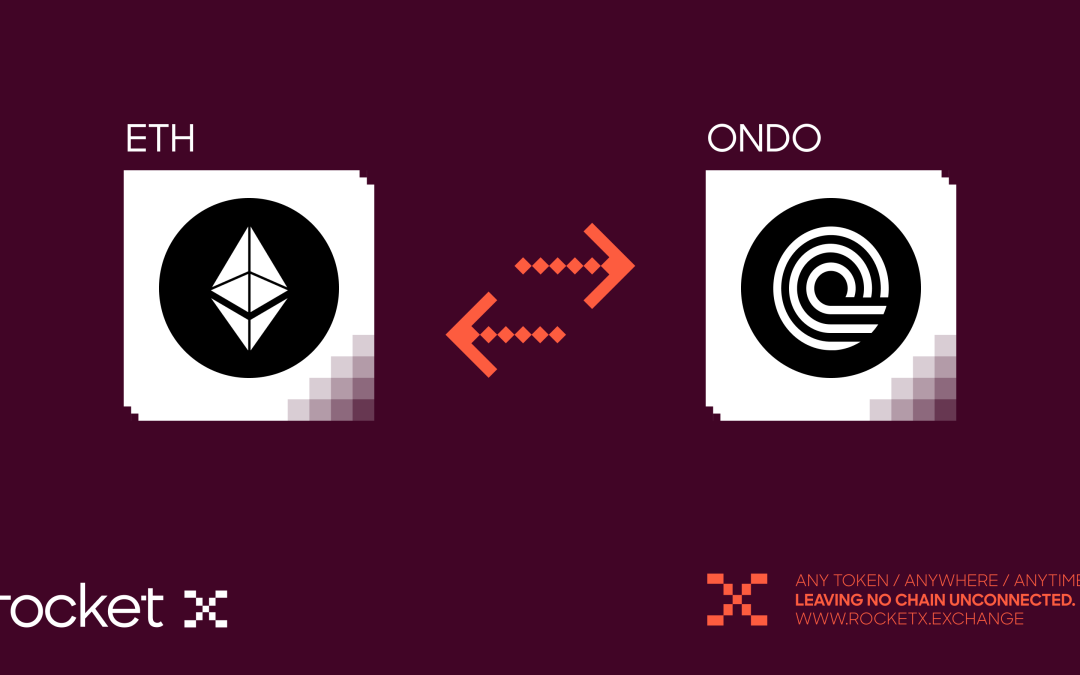
What is Ondo Finance? A Complete Guide to USDY, OUSG & ONDO Token
Introduction: Bringing Wall Street to Web3 As the worlds of traditional finance (TradFi) and decentralized finance (DeFi) continue to converge, Ondo Finance has emerged as one of the most promising platforms leading this evolution. Built with a mission to tokenize...
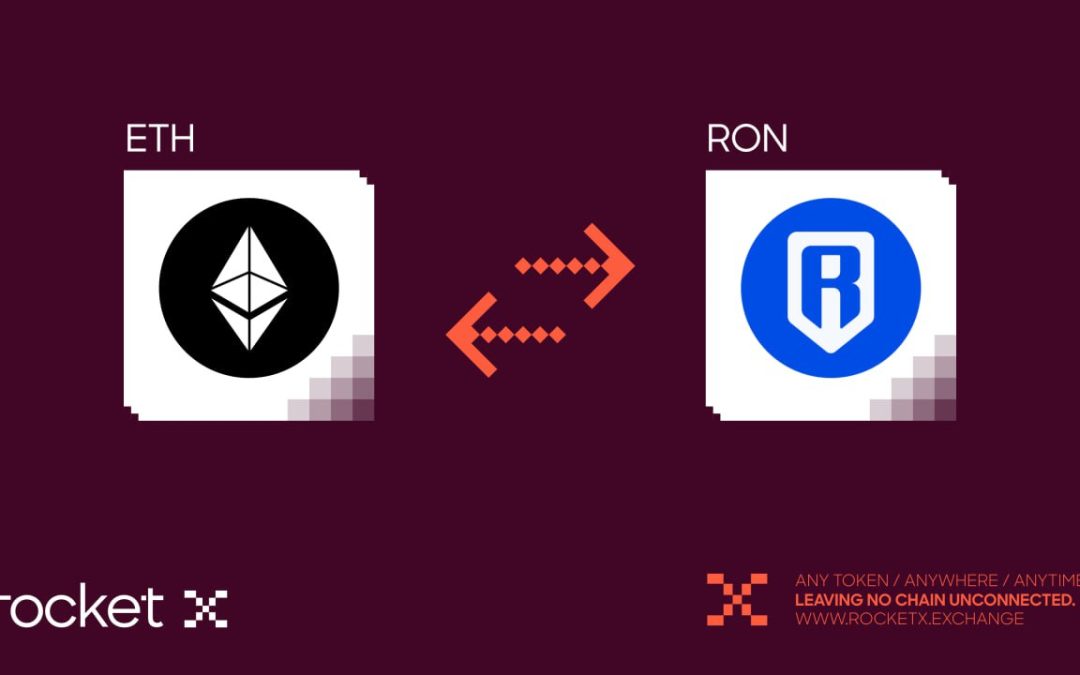
Bridge to Ronin Network, Stake $RON, and Discover the Future of Web3 Gaming
Introduction: A New Era in Blockchain Gaming As blockchain technology rapidly evolves, one niche that’s gaining significant momentum is Web3 gaming. Traditional gaming models often limit players' ownership and earning potential. Enter Ronin Network—a custom-built...

